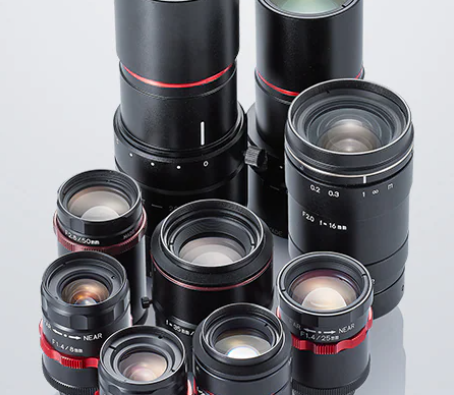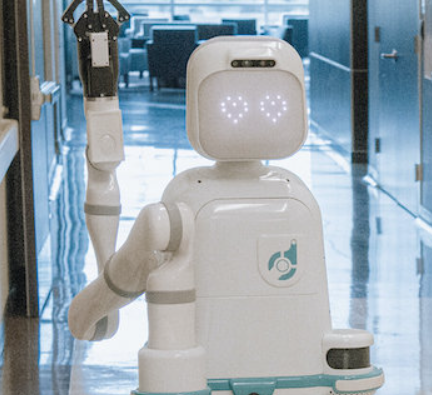
Have you ever thought about how machine vision technology has reshaped the landscape of automated inspection? This technology has brought about significant advancements, greatly improving the efficiency and quality of inspections across industries. By analyzing the appearance of materials and identifying defects based on contrast, texture, and geometric similarities through statistical methods, machine vision systems have become a vital tool in ensuring product quality and reliability.
Understanding the Basics of Machine Vision Technology
In automated inspection systems, machine vision technology is composed of several key elements:
- Lighting: Proper lighting is essential as it illuminates the object or scene, making its features clear and distinguishable.
- Lens: The lens captures the image and directs it to the sensor of the camera. Choosing the right lens involves understanding the application’s requirements, performing calculations, and ensuring compatibility with the camera system.
- Capture Board and Sensor: These components work together to process the camera’s image and convert it into a digital format. The sensor transforms light into electrical signals that create pixels.
- Processor: The processor runs software and algorithms that analyze the digital image to extract essential data.
- Communication: These systems allow machine vision cameras and processing units to communicate with larger system components using digital I/O signals or serial connections.
Impact on Manufacturing
Machine vision has had a transformative effect on various manufacturing sectors, particularly in quality control. This technology enables automated product inspection and analysis, which significantly enhances the accuracy, consistency, and speed of quality checks. As a result, production efficiency has improved, and costs have been reduced. By detecting defects early, manufacturers can address issues before they escalate, preventing costly recalls and ensuring high-quality outputs.
Applications in Healthcare
In healthcare, machine vision plays a crucial role in inspecting and analyzing medical images like X-rays or MRIs. By utilizing sophisticated algorithms and deep learning techniques, it helps identify abnormalities that could indicate diseases or injuries. The precision and reliability of machine vision in medical imaging allow healthcare professionals to make well-informed decisions regarding diagnosis and treatment. This advancement has revolutionized healthcare practices, offering a quicker, more accurate method for detecting health issues, ultimately enhancing patient care and outcomes.
Transportation Industry Benefits
Machine vision technology is equally valuable in the transportation industry for inspecting vehicles, tracks, and infrastructure. Cameras and sensors capture images and data, which are processed by advanced algorithms to detect defects, damages, or wear. This technology allows transportation companies to identify and resolve issues swiftly, ensuring the safety and reliability of their operations. Additionally, machine vision is integral to traffic monitoring and control, further demonstrating its importance in transportation.
Enhancing Energy Efficiency and Sustainability
One of the most significant advantages of automating inspection processes is the promotion of energy efficiency and sustainability. By reducing the need for manual labor, businesses can streamline inspections, saving time and costs while enhancing the accuracy of identifying energy inefficiencies or sustainability concerns. Real-time quality control not only improves product quality but also reduces waste and rework. By addressing these areas, companies can minimize their carbon footprint and contribute to a more sustainable future.
Conclusion
Machine vision technology has dramatically changed the landscape of automated inspection, increasing efficiency, accuracy, and cost-effectiveness across industries. Automation often outperforms manual inspection in both speed and precision, which is why machine vision systems have become essential tools in various sectors. As the technology continues to evolve, it will further solidify its role as a key component in enhancing operational processes and driving industrial innovation.
When choosing a lens for a machine vision application, it’s important to evaluate the specifications carefully, consider necessary calculations, and understand how the lens will integrate with the camera setup. Although selecting the right lens can be challenging, it is crucial to ensure that it meets the system’s unique requirements.












